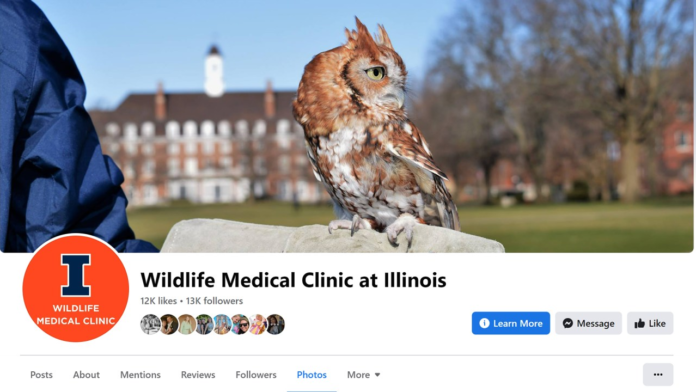CHAMPAIGN COUNTY, Ill. (WCIA) — Ever wonder how wild animals deal with the frigid temperatures in Illinois winters? Our friends Dr. Stephany Lewis and student, Tyson Jenkins from the U of I Wildlife Medical Clinic join us with the facts on what happens when the temperatures drop.
Depending on the species, it varies where wildlife animals go during the winter. If they are not a cold-tolerant species, they can either migrate south or hibernate.
As for Hazel, an eastern box turtle and resident at the U of I Medical Clinic, she is kept in a consistent environment and does not go into brumation like our wild turtles in the area. Wild turtles take cues from their environment and that is what triggers them to prepare for winter and brumation.
Why don’t we see any wild turtles during the winter months?
Reptiles are cold-blooded, or ectotherms. Wild turtles do their own form of hibernation, called brumation.
What does brumation look like?
Brumation – burrow underground (box turtles) or at the bottom of lakes/streams (aquatic turtles), metabolism decreases significantly, heart only beats once every few minutes, can absorb oxygen through some parts of skin, especially cloaca.
Ways to give to the WMC this holiday season.
The U of I Medical Wildlife Clinic would love for you to donate to the WMC. They are a non-profit and require donations to allow them to provide the best possible care to patients.
People can click here to provide a monetary donation, symbolically adopt one of our ambassador animals like Hazel, purchase something on the wish list, or sponsor a day in the WMC.
The following items are needed to provide care and treatment to sick, injured and orphaned wild animals:
Digital Scales
Safety equipment
Anesthesia monitoring equipment
Adapted patient housing
ICU incubator
Outdoor retreat
Interior finishing
If people are still looking for a holiday gift, they can adopt an ambassador, such as Hazel or give to the clinic in other ways. Their donation goes directly to the care of our resident animals and wildlife patients.




